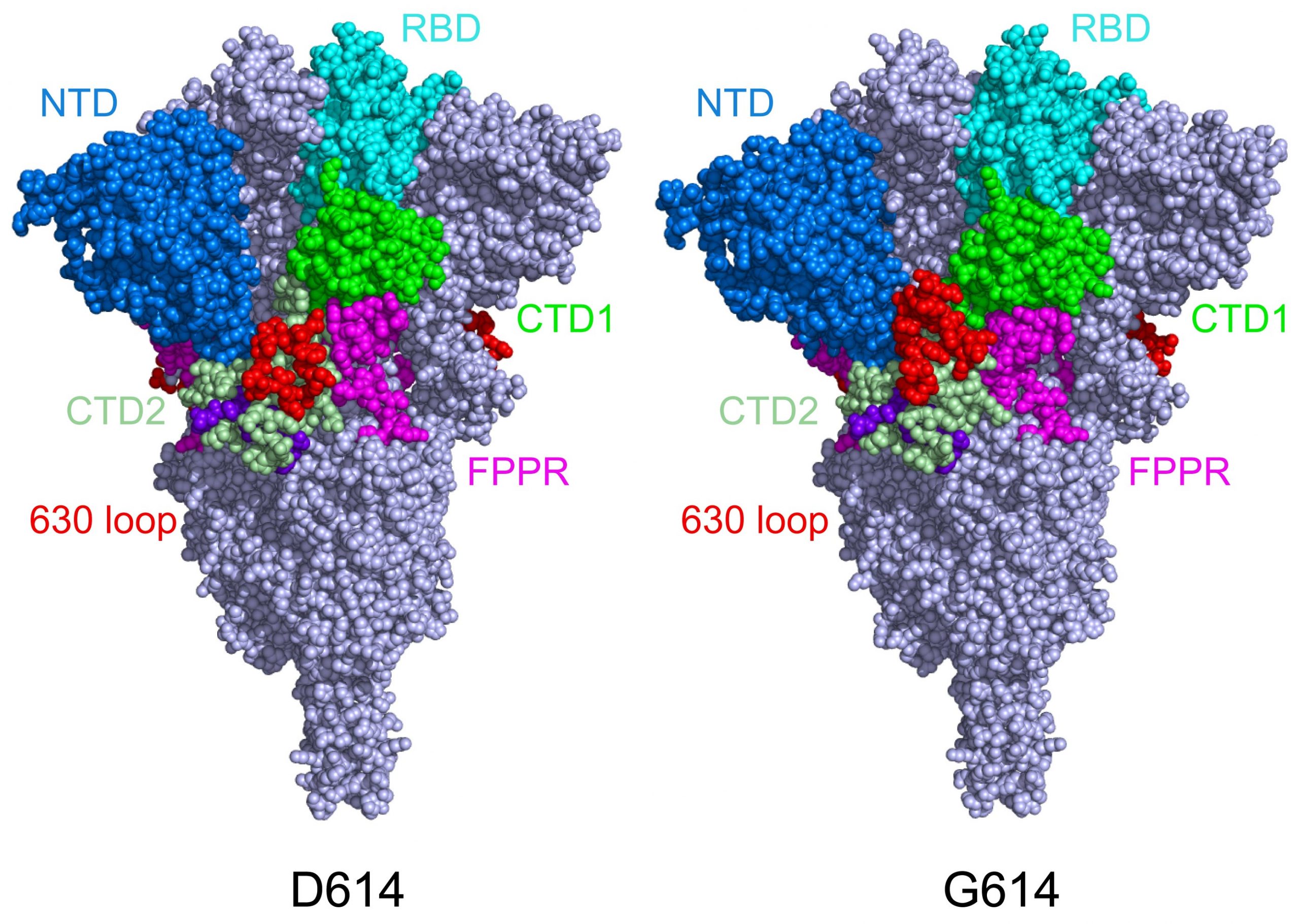

Antioxidant enzymes are deployed to mop up reactive oxygen species at their source before they reach DNA, a defensive strategy that protects the roughly 3 billion nucleotides from suffering potentially catastrophic mutations. Spike Mutations in BA.4/5, Omicron Variant:ĭel69-70, T19I, LPPA24-27S, G142D, V213G, G339D, S371F, S373P, S375F, T376A, D405N, R408S, K417N, N440K, L452R, S477N, T478K, E484A, F486V, Q498R, N501Y, Y505H, D614G, H655Y, N679K, P681H, N764K, D796Y, Q954H, N969Kįigure 1.Cells are thought to delicately balance their energy needs and avoid damaging DNA by containing metabolic activity outside the nucleus and within the cytoplasm and mitochondria. The Spike (BA.4/5, Omicron Variant) (SARS-CoV-2) pseudovirus can be used to measure the activity of a neutralizing antibody against SARS-CoV-2 Omicron BA.4/5 variant in a Biosafety Level 2 facility.Īs shown in Figures 2 and 3, the Spike Omicron BA.4/5 pseudovirus has been validated for use with target cells ACE2-HEK293 (which overexpress ACE2 BPS Bioscience #79951). These pseudovirions contain the firefly luciferase gene driven by a CMV promoter (Figure 1), therefore, the spike-mediated cell entry can be measured via luciferase activity. The Spike (BA.4/5, Omicron Variant) (SARS-CoV-2) Pseudotyped Lentiviruses were produced with SARS-CoV-2 Spike (Genbank Accession #QHD43416.1 containing all the Omicron BA.4/5 mutations see below for details) as the envelope glycoprotein instead of the commonly used VSV-G. The spike protein of BA.4 and BA.5 are referred as BA.4/5 in this datasheet. Among them, BA.4 and BA.5 have identical mutations on their spike protein.

As of May 2022, Omicron variants have been divided into seven distinct sub-lineages: BA.1, BA.1.1, BA.2, BA.3, BA.2.12.1, BA.4, and BA.5.

This variant has a large number of mutations that allow the virus to spread more easily and quickly than other variants. Omicron Variant was identified in South Africa in November of 2021. Drugs targeting the interaction between the Spike protein of SARS-CoV-2 and ACE2 may offer protection against the viral infection. The viral Spike protein recognizes and attaches to the Angiotensin-Converting Enzyme 2 (ACE2) receptor found on the surface of type I and II pneumocytes, endothelial cells, and ciliated bronchial epithelial cells. As the first step of the viral replication, the virus attaches to the host cell surface before entering the cell. The pandemic coronavirus disease 2019 (COVID-19) is caused by Severe Acute Respiratory Syndrome Coronavirus 2 (SARS-CoV-2). Ion Channel/Membrane Transport Cell Lines.


 0 kommentar(er)
0 kommentar(er)
